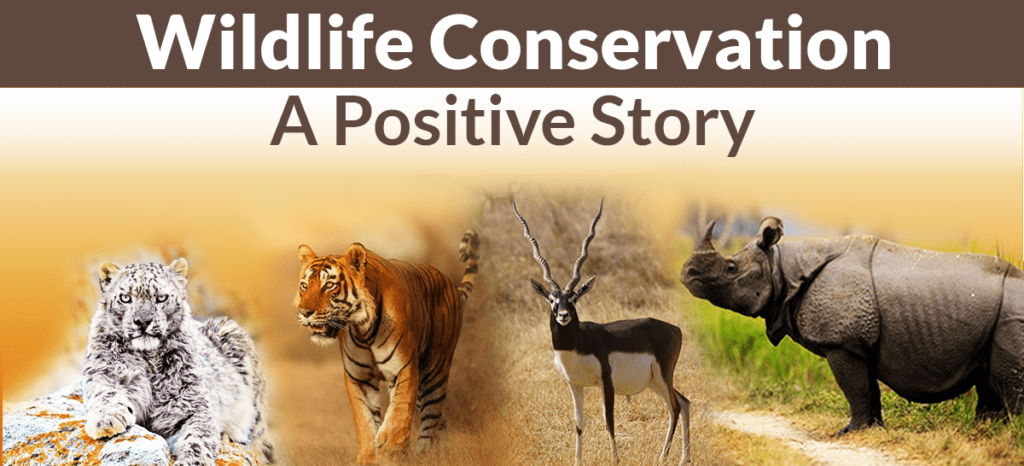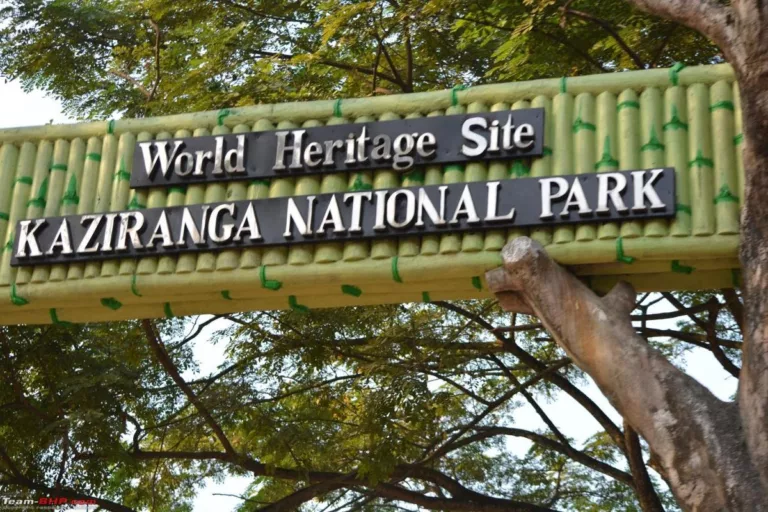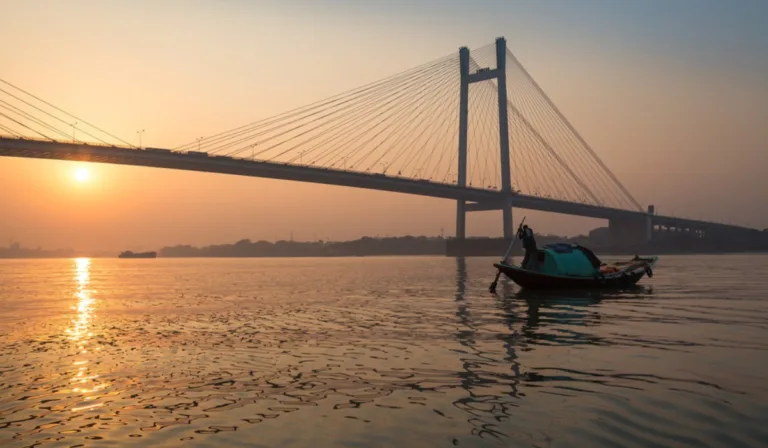Conserving Wildlife and its Habitat in West Bengal
Wildlife & Biodiversity conservation in West Bengal, Kolkata
The world has been witnessing a series of wildlife mishaps, including killing animals for tribal rituals, poaching for various purposes, and animal abuse, leading to their vulnerability and endangerment. Despite these challenges, there’s a collective effort globally to address the wildlife crisis, with wildlife departments taking proactive measures. West Bengal has faced significant challenges in managing the animal-human conflict, particularly with a rise in poaching incidents in recent years. However, there’s been commendable dedication from forest officials, state governments, and numerous NGOs to prioritize wildlife conservation efforts. Some of the notable success stories include the conservation of One-Horned Rhinoceros and Elephant habitats. For instance, the rhino population in West Bengal soared to 255 in 2015, while the elephant population reached 708 in 2014, marking significant achievements.
Despite such successes, there have been setbacks, such as incidents of poaching and illegal wildlife trade. For instance, during Environment Day in 2016, a group of locals was apprehended in West Bengal with a bag containing small animals and birds, including species like monitor lizards and fishing cats, intended for a local tribal festival. Various factors contribute to wildlife endangerment, including the expanding human population, industrialization, climate change, and habitat loss. However, West Bengal’s wildlife administration is actively engaged in rescue and rehabilitation missions for wild animals. For instance, projects like relocating Jackals away from Kolkata’s international airport aim to mitigate wildlife-human conflicts.
Moreover, there are extensive conservation schemes and awareness programs in place. These include wildlife awareness programs, training classes, and initiatives like the Project Tiger and elephant conservation projects, funded by both the state and central governments. The state also focuses on habitat improvement programs, reducing human-animal conflicts, and conducting research and monitoring to ensure effective conservation efforts. West Bengal boasts rich biodiversity, with protected areas covering a significant portion of the state’s landmass. The conservation efforts extend to various species, including Red Pandas, One-Horned Rhinos, and the mangroves of Sundarbans National Park. Community involvement is crucial, with local villagers actively participating in mangrove protection initiatives. Despite these efforts, challenges persist, such as declining vulture populations and the need for continued forest conservation. Initiatives like Project Clean Ganga and the establishment of new wildlife sanctuaries demonstrate ongoing commitment to wildlife conservation in West Bengal. Ultimately, protecting wildlife requires a collective effort, including education and awareness campaigns to discourage harmful practices like poaching and habitat destruction. By prioritizing conservation efforts and involving local communities, West Bengal aims to ensure the survival of its diverse wildlife for generations to come.

Best Wildlife and Fisheries Management & Conservation
We advocate for the establishment of butterfly conservatories in both urban areas and adjacent to protected areas in and around West Bengal and India. These conservatories serve as a bottom-up conservation model, providing habitats for butterflies and other wildlife while raising awareness about their importance. Creating butterfly habitats not only fosters a diverse array of well-accepted plant species but also attracts various insects, reptiles, amphibians, birds, and even some smaller mammals. Our goal is to educate urban dwellers, rural communities, and forest-fringe villagers about butterfly conservation.
In addition to larger conservatories, we establish open-air butterfly gardens within school and college premises, actively involving students in conservation activities. We also provide training in laboratory work to local, economically disadvantaged communities, offering them employment opportunities within our conservatories. Our mission is to establish uninterrupted butterfly corridors, contributing to broader conservation efforts. We firmly believe in our mantra, “Save Butterflies to Save the Tigers.” One notable project is the Eco Park Butterfly Garden in Rajarhat, New Town, Equipped with a fully functional laboratory and a dome enclosure, the garden offers visitors guided tours showcasing various butterfly species. Over the past five years, more than 100 butterfly species have been documented, with the complete lifecycle of over 60 species observed. A dedicated team of five members, along with volunteers, works tirelessly to conserve butterflies and raise awareness among visitors. Visitors can also participate in butterfly release events, creating memorable experiences and fostering a deeper connection with nature. Educational tours tailored for different age groups are also organized, enriching the visitor experience and spreading conservation messages.
FOR ANY KID OF HELP FOR WILDLIFE & NATUIRE CONSERVATION – PLEASE CONTACT US DIRECTLY




